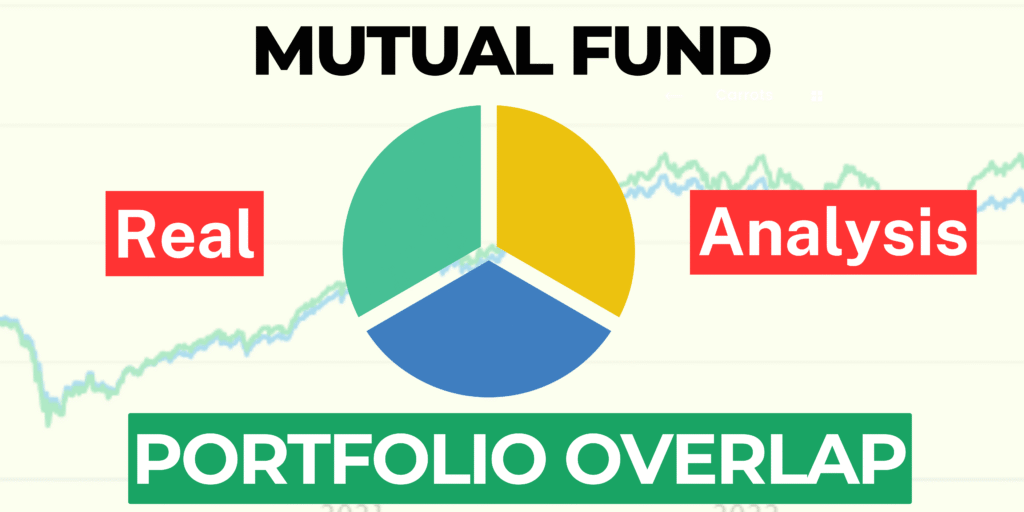Understanding your mutual fund portfolio statement is crucial—not just for tracking performance, but for making smarter decisions. Yet, many investors ignore it or feel overwhelmed by the jargon. This guide will walk you through how to decode every section of your mutual fund statement—so you know exactly what’s going on with your money.
Why Your Statement Matters
Your mutual fund statement is like your fund’s report card. It tells you:
- Where your money is invested
- How it’s performing
- What fees you’re paying
- How much you’ve earned or lost
- Any red flags to watch
Ignoring it is like driving a car without a dashboard.
Types of Mutual Fund Statements
- CAS (Consolidated Account Statement): Shows all your mutual fund holdings across AMCs, sent via CAMS or KFinTech.
- AMC-specific Statement: From individual mutual fund companies.
- Demat Account Statement: If using platforms like Zerodha, Groww, or Paytm Money.
How to Read Each Section
1. Folio Number
Your unique account number with each fund house. Helps in tracking transactions and holdings.
2. Fund Details
This includes:
- Fund name and scheme type (e.g., equity, debt, hybrid)
- Plan type (Direct vs. Regular)
- Option (Growth vs. IDCW)
Tip: Direct plans usually have lower expense ratios than regular ones.
3. NAV (Net Asset Value)
The per-unit price of your mutual fund. It fluctuates daily based on market performance.
Formula: Value = Number of Units × NAV
4. Transaction Summary
Shows all purchases, SIPs, redemptions, switches, dividends (IDCW), STP or SWP entries.
Check for missed SIPs, unauthorized redemptions, or scheduled transfers.
5. Units Allotted
Total units you hold in the scheme. More units = greater ownership of the fund.
6. Current Value
The latest value of your investments based on current NAV.
Compare this to your invested amount to understand gain/loss.
7. Cost of Investment
Shows total capital invested so far. Helps measure actual returns.
Other Key Sections
a. Exit Load
Fee charged for redeeming investments before a certain period. Usually 1% for redemptions within 12 months in equity schemes.
b. Taxation Status
- Equity gains over ₹1L after 1 year taxed at 10% (LTCG).
- Debt fund gains taxed as per income slab post-2023 rule change.
c. Nomination Details
Ensure nominees are added to avoid future complications.
d. Bank Account Linked
Where dividends or redemption amounts are credited. Always cross-check this.
e. Advisor/Broker Code
Indicates if you’re on a regular (commission-based) plan. No code = Direct Plan.
Red Flags to Watch
- High expense ratios
- Duplicate folios or inactive funds
- Unintended dividends or IDCW
- Charges you don’t recognize
How to Get a Consolidated Mutual Fund Statement
Use official registrar portals:
Use your PAN and email to receive the full statement in your inbox.
Final Thoughts: Review Regularly
Reviewing your portfolio once a month or quarter can help you:
- Spot underperformers
- Stay aligned with your financial goals
- Avoid unnecessary fees
Your mutual fund statement isn’t just paperwork—it’s your personal finance dashboard. Learn to read it well, and you’ll make smarter, more confident investment choices.

